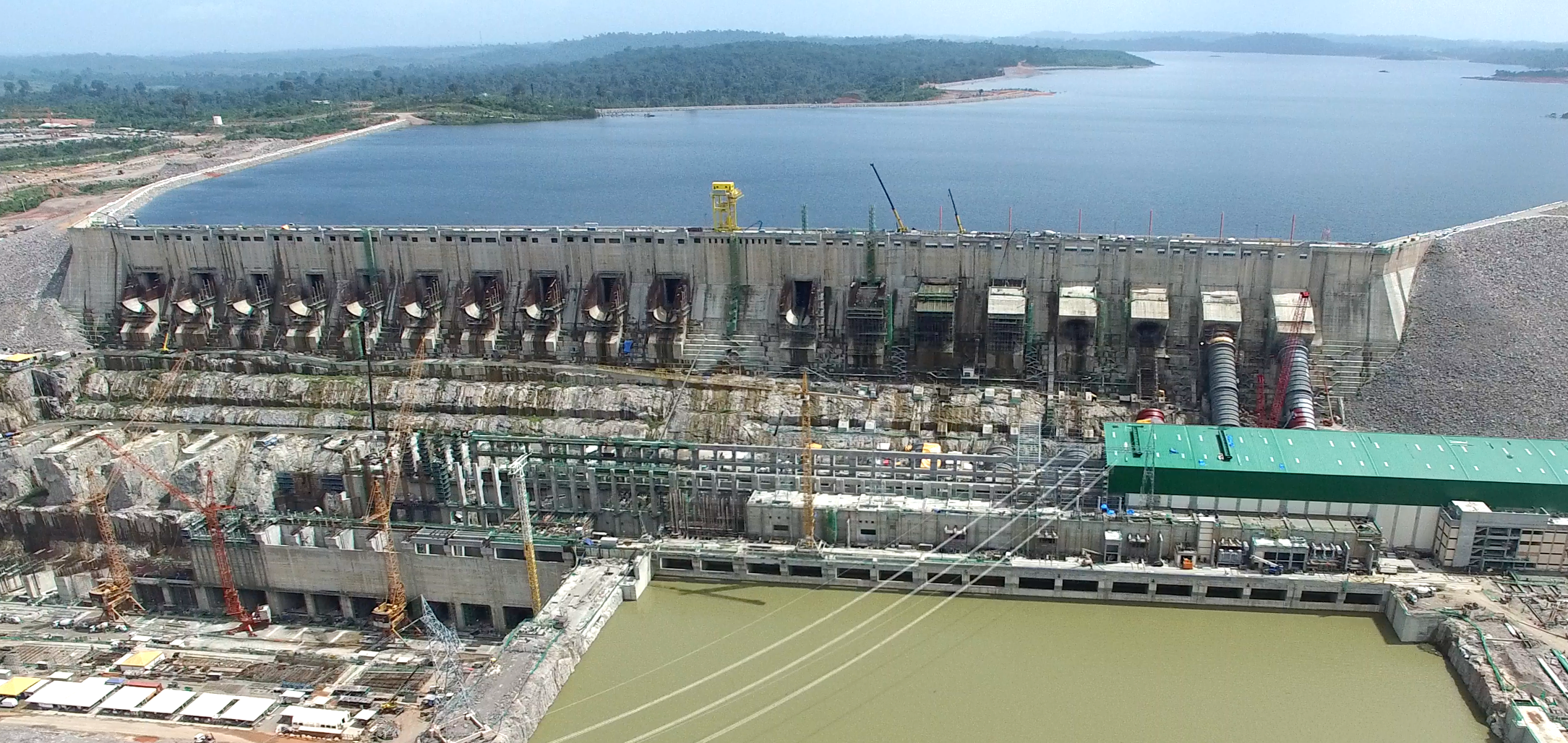There are few dams in the world that capture the imagination as much as Belo Monte, built on the “Big Bend” of the Xingu river in the Brazilian Amazon. Its construction has involved an army of 25,000 workers working round the clock since 2011 to excavate over 240m cubic meters of soil and rock, pour three million cubic meters of concrete, and divert 80% of the river’s flow through 24 turbines.
Costing 30 billion reais (US$ 7.7 billion), Belo Monte is important not only for the scale of its construction but also the scope of opposition to it. The project was first proposed in the 1970s, and ever since then, local indigenous communities, civil society and even global celebrities have engaged in numerous acts of direct and indirect action against it.
While previous incarnations had been canceled, Belo Monte is now in the final stages of construction and already provides 11,233 megawatts of energy to 60 million Brazilians across the country. When complete, it will be the largest hydroelectric power plant in the Amazon and the fourth largest in the world.
A ‘Sustainable’ Project?
The dam is to be operated by the Norte Energia consortium (formed of a number of state electrical utilities) and is heavily funded by the Brazilian state development bank, BNDES. The project’s supporters, including the governments of the Partido dos Trabalhadores (Workers’ Party) that held office between 2003 and 2011, have justified its construction on environmental grounds.
They describe Belo Monte as a “sustainable” project, linking it to wider policies of climate change mitigation and a transition away from fossil fuels. The assertions of the sustainability of hydropower are not only seen in Brazil but can be found across the globe – with large dams presented as part of wider sustainable development agendas.
With hydropower representing 16.4% of total global installed energy capacity, hydroelectric dams are a significant part of efforts to reduce carbon emissions. More than 2,000 such projects are currently funded via the Clean Development Mechanism of the 1997 Kyoto Protocol – second only to wind power by number of individual projects.
While this provides mega-dams with an environmental seal of approval, it overlooks their numerous impacts. As a result, dams funded by the CDM are contested across the globe, with popular opposition movements highlighting the impacts of these projects and challenging their asserted sustainability.
Beautiful Hill, to Beautiful Monster
Those standing against Belo Monte have highlighted its social and environmental impacts. An influx of 100,000 construction and service workers has transformed the nearby city of Altamira, for instance.
Hundreds of workers – unable to find employment – took to sleeping on the streets. Drug traffickers also moved in and crime and violence soared in the city. The murder rate in Altamira increased by 147% during the years of Belo Monte construction, with it becoming the deadliest city on earth in 2015.
In 2013, police raided a building near the construction site to find 15 women, held against their will and forced into sex work. Researchers later found that the peak hours of visits to their building – and others – coincided with the payday of those working on Belo Monte (Beautiful Hill). In light of this social trauma, opposition actors gave the project a new moniker: Belo Monstro, meaning “Beautiful Monster”.
The construction of Belo Monte is further linked to increasing patterns of deforestation in the region. In 2011, deforestation in Brazil was highest in the area around Belo Monte, with the dam not only deforesting the immediate area but stimulating further encroachment.
In building roads to carry both people and equipment, the project has opened up the wider area of rainforest to encroachment and illegal deforestation. Greenpeace has linked illegal deforestation in indigenous reserves – more than 200 km away – to the construction of the project, with the wood later sold to those building the dam.
Brazil’s past success in reversing deforestation rates became a key part of the country’s environmental movement. Yet recently deforestation has increased once again, leading to widespread international criticism. With increasing awareness of the problem, the links between hydropower and the loss of the Amazon rainforest challenge the continued viability of Belo Monte and similar projects.
Big Dams, Big Problems
While the Clean Development Mechanism focuses on the reduction of carbon emissions, it overlooks other greenhouse gases emitted by hydropower. Large dams effectively emit significant quantities of methane for instance, released by the decomposition of plants and trees below the reservoir’s surface. While methane does not stay in the atmosphere for as long as carbon dioxide (only persisting for up to 12 years), its warming potential is far higher.
Belo Monte has been linked to these methane emissions by numerous opposition actors. Further research has found that the vegetation rotting in the reservoirs of dams across the globe may emit a million tons of greenhouse gases per year. As a result, it is claimed that these projects are – in fact – making a net contribution to climate change.
Far from providing a sustainable, renewable energy solution in a climate-changed world, Belo Monte is instead cast as exacerbating the problem that it is meant to solve.
Belo Monte is just one of many dams across the globe that have been justified – and funded – as sustainable pursuits. Yet, this conflates the ends with the means.
Hydroelectricity may appear relatively “clean” but the process in which a mega-dam is built is far from it. The environmental credentials of these projects remain contested, with Belo Monte providing just one example of how the sustainability label may finally be slipping.
Ed Atkins is a senior teaching associate at School of Geographical Sciences in University of Bristol
This article was originally published in The Conversation. Read the original article here: https://theconversation.com/belo-monte-there-is-nothing-green-or-sustainable-about-these-mega-dams-98025




